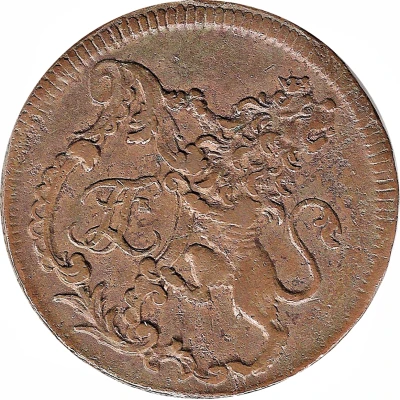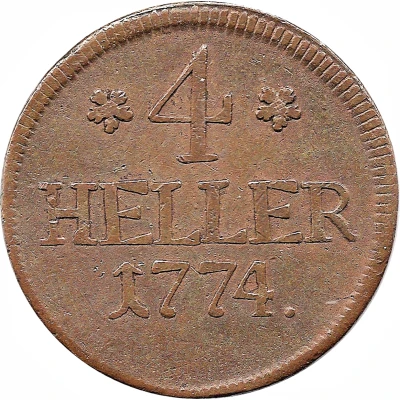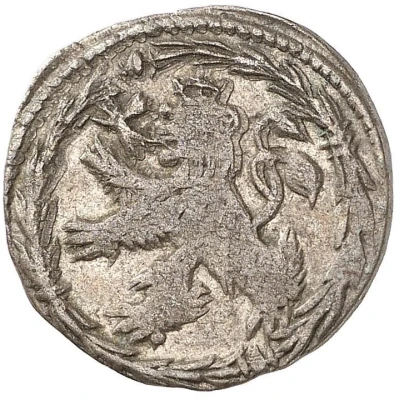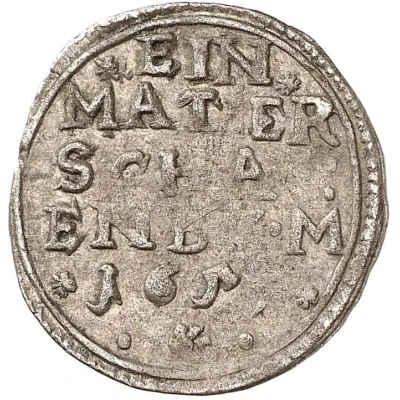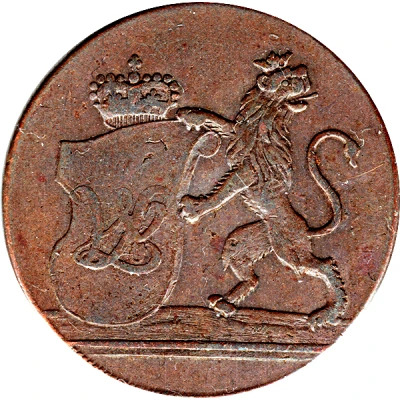
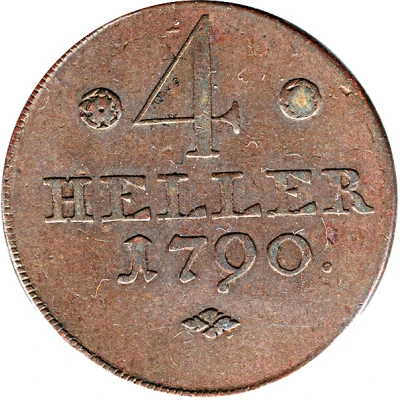

4 Heller - William IX
| Copper | 7.3 g | 25.15 mm |
| Issuer | Landgraviate of Hesse-Cassel (Hesse-Cassel) |
|---|---|
| Landgrave | William IX (1785-1803) |
| Type | Standard circulation coin |
| Years | 1788-1794 |
| Value | 4 Hellers (1⁄96) |
| Currency | Thaler |
| Composition | Copper |
| Weight | 7.3 g |
| Diameter | 25.15 mm |
| Thickness | 1.8 mm |
| Shape | Round |
| Orientation | Medal alignment ↑↑ |
| Demonetized | Yes |
| Updated | 2024-10-05 |
| Numista | N#80196 |
|---|---|
| Rarity index | 80% |
Reverse
3-line inscription with denomination and date.
Script: Latin
Lettering:
*4*
HELLER
1790
*
Interesting fact
One interesting fact about the 4 Heller coin from the Landgraviate of Hesse-Cassel is that it was minted during a time of great economic and political change in Europe. The late 18th century saw the rise of the Enlightenment and the fall of feudalism, and the minting of this coin reflects the shifting economic and political landscape of the time. The coin's design, featuring an image of William IX, the Landgrave of Hesse-Cassel, and the Hesse-Cassel coat of arms on the reverse, symbolizes the power and influence of the Landgraviate during this period. Additionally, the fact that it was made of copper, a relatively inexpensive metal, suggests that the coin was intended for everyday use by the general population, rather than being a collector's item or a symbol of wealth and status. Overall, the 4 Heller coin from Hesse-Cassel offers a fascinating glimpse into the economic, political, and social changes taking place in Europe during the late 18th century.
